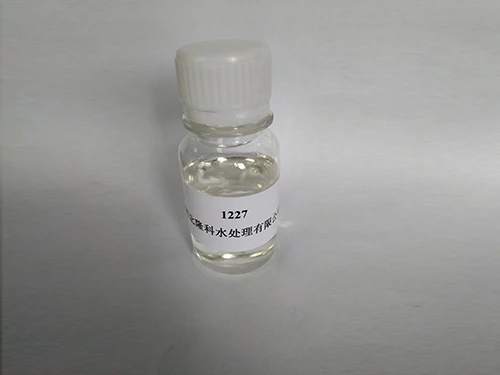1 hydroxy ethylidene 1 1 diphosphonic acid hedp1
Hydroxyethylidene Diphosphonic Acid (HEDP) A Comprehensive Overview
Hydroxyethylidene diphosphonic acid, commonly abbreviated as HEDP, is an organophosphonic acid that is widely used in various industrial applications. Its chemical structure features two phosphonic acid groups, which confer significant properties that make it a valuable compound in many settings. HEDP is primarily recognized for its ability to chelate metal ions, making it an essential additive in water treatment processes, detergent formulations, and more. Understanding the chemical nature, applications, and environmental impact of HEDP provides insight into its significance in both ecological and industrial spheres.
Chemical Properties
HEDP is a white to pale yellow crystalline powder with a molecular formula of C2H8O7P2. It has a relatively low molecular weight and is soluble in water. The compound exists in a form that allows it to effectively bind with various divalent and trivalent metal ions, such as calcium, magnesium, iron, and aluminum. This chelating ability is what makes HEDP particularly useful in preventing scale formation and corrosion in water systems.
The pH of HEDP solutions can be adjusted, allowing it to be effective in a wide range of conditions. This versatility is particularly valuable in industrial settings where the characteristics of the water supply can vary significantly. HEDP is stable at high temperatures and does not degrade easily, further enhancing its utility in high-demand applications.
Applications
One of the primary uses of HEDP is in water treatment, particularly in cooling systems, boilers, and other industrial processes. It acts as a scale and corrosion inhibitor, preventing the deposition of scale-forming minerals on equipment surfaces. This not only extends the lifespan of the equipment but also enhances its efficiency by reducing downtime and maintenance costs.
1 hydroxy ethylidene 1 1 diphosphonic acid hedp1

In the realm of detergents and cleaning agents, HEDP is utilized for its ability to bind metal ions that can destabilize formulations. By sequestering these ions, HEDP ensures that detergents remain effective, particularly in hard water conditions where calcium and magnesium can interfere with cleaning efficacy. Moreover, HEDP is also employed in the oil and gas industry during hydraulic fracturing operations as a scale inhibitor.
The agricultural sector also benefits from HEDP, particularly in the formulation of fertilizers. It can improve the availability of nutrients by preventing the formation of insoluble metal phosphates in soil, thereby enhancing the effectiveness of fertilizer applications.
Environmental Impact and Safety
While HEDP has numerous applications, it is important to consider its environmental implications. HEDP is not classified as hazardous, but like all chemicals, its usage should be managed to minimize potential environmental harm. Research has shown that HEDP can biodegrade under specific conditions, and ongoing studies aim to further understand its long-term environmental behavior.
Safety data sheets indicate that HEDP poses minimal risk to human health when handled correctly. However, exposure to concentrated solutions may lead to irritation of the skin and eyes, underscoring the need for appropriate safety measures.
Conclusion
In conclusion, hydroxyethylidene diphosphonic acid (HEDP) is a multifunctional compound with a wide range of industrial applications, particularly in water treatment, detergent formulation, and agriculture. Its ability to efficiently chelate metal ions contributes significantly to its utility across various sectors. While it offers many benefits, responsible handling and consideration of its environmental impact remain crucial. As industries continue to seek sustainable solutions, the role of compounds like HEDP highlights the balance between technological advancement and ecological stewardship. Through continued research and development, HEDP will likely adapt to meet the evolving needs of industry while minimizing its environmental footprint.
-
Water Treatment with Flocculant Water TreatmentNewsJun.12,2025
-
Polymaleic AnhydrideNewsJun.12,2025
-
Polyaspartic AcidNewsJun.12,2025
-
Enhance Industrial Processes with IsothiazolinonesNewsJun.12,2025
-
Enhance Industrial Processes with PBTCA SolutionsNewsJun.12,2025
-
Dodecyldimethylbenzylammonium Chloride SolutionsNewsJun.12,2025





